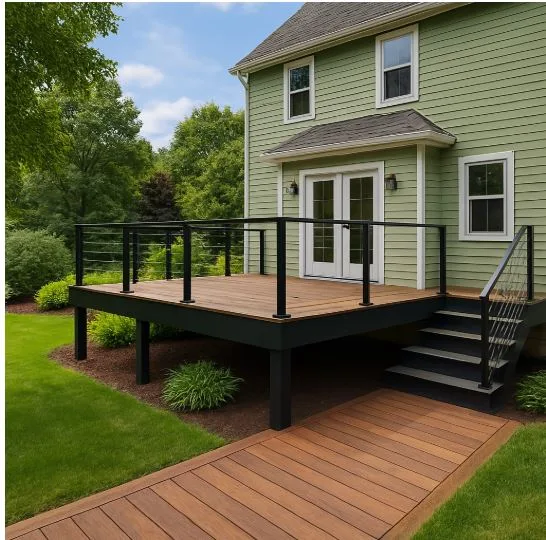Bipolar Disorder and the Need for Stabilization
Bipolar disorder is often misunderstood as simply “mood swings,” but in reality, it’s a complex, lifelong mental health condition that can severely disrupt a person’s ability to function. Episodes of mania and depression can be unpredictable, intense, and dangerous when left untreated. While medication and outpatient therapy are essential components of long-term management, they may not always be enough—especially during times of acute crisis or instability.
That’s where structured care becomes crucial. For many, the safest and most effective path to stabilization involves stepping into a residential treatment setting designed to address bipolar symptoms in a focused, round-the-clock environment.
Understanding Bipolar Disorder
There are several forms of bipolar disorder, but the most common include:
- Bipolar I Disorder: Characterized by manic episodes that last at least 7 days or require hospitalization, often followed by depressive episodes.
- Bipolar II Disorder: Marked by patterns of hypomania (a less severe form of mania) and major depression.
- Cyclothymic Disorder: Chronic mood fluctuations that don’t meet the criteria for full manic or depressive episodes but still cause significant impairment.
Symptoms can vary widely between individuals and may include:
- Periods of extreme energy, impulsivity, or euphoria (mania/hypomania)
- Depressive episodes involving hopelessness, fatigue, and suicidal ideation
- Rapid mood shifts, irritability, or difficulty with concentration
- Sleep disturbances and erratic behavior
Because bipolar disorder affects thought, behavior, and emotion, it often requires multidisciplinary care.
Why Residential Treatment May Be Necessary
Outpatient treatment is often the first line of defense—but it’s not always sufficient. When symptoms escalate or become difficult to manage safely, more intensive care may be required.
Residential treatment is especially appropriate when:
- Manic episodes become dangerous or impair judgment
- Depressive symptoms include suicidal ideation
- There are co-occurring disorders like substance use or trauma
- Medication noncompliance leads to frequent destabilization
- Functioning at home or work has collapsed
A residential program offers full-time support to help individuals stabilize quickly, adjust their medication regimen, and learn coping strategies in a safe, controlled environment.
What to Expect from Residential Bipolar Treatment
Mental health residential programs are designed to provide 24/7 clinical care and therapeutic structure. While not as restrictive as inpatient psychiatric hospitalization, they still offer a high level of supervision and intensive daily treatment.
A typical program includes:
- Comprehensive psychiatric evaluation
- Medication management and mood stabilization
- Individual and group therapy
- Family involvement and psychoeducation
- Skills-based therapies such as CBT, DBT, or mindfulness practices
Many programs also offer holistic elements like yoga, nutritional support, and art therapy to promote emotional regulation and overall well-being.
For those experiencing significant instability, engaging in a mental health residential treatment program can offer a critical reset—removing the distractions and risks of everyday life so that healing can begin with focus and structure.
The Long-Term Outlook for Bipolar Disorder
Bipolar disorder is chronic, but it is also treatable. With consistent support, individuals can manage symptoms effectively and lead fulfilling, productive lives. However, successful long-term outcomes often depend on the quality and intensity of early intervention.
After a residential stay, it’s common to transition to:
- Partial hospitalization (PHP) or IOP
- Regular psychiatric follow-ups
- Support groups and peer communities
- Continued psychotherapy
Treatment is not one-size-fits-all. A care plan should evolve based on mood stability, medication response, and life changes.
When Stability Is the Priority
When bipolar symptoms spiral beyond what outpatient therapy can contain, the safest path forward may be full-time, structured support. Residential care is not a last resort—it’s a proactive, compassionate step toward safety, clarity, and long-term recovery.
With the right environment and an experienced clinical team, stabilization becomes possible—and from there, a new chapter in self-understanding and growth can begin.






